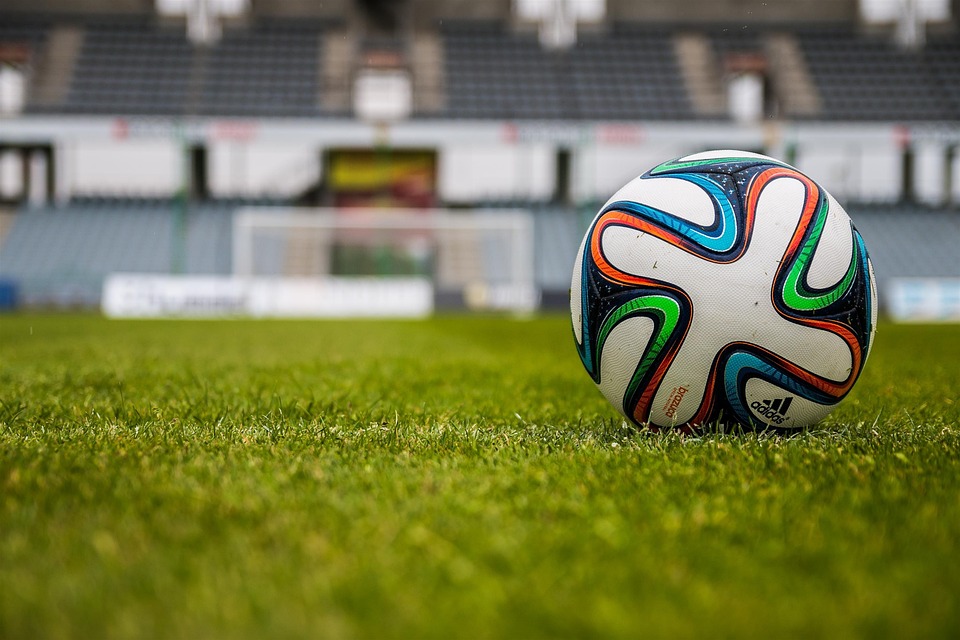In the competitive world of sports, injury prevention has become a priority for clubs aiming to keep their players healthy and on the field. As the understanding of sports science evolves, so too do the methods employed by organizations to reduce the risk of injuries. From grassroots levels to professional leagues, clubs are implementing a variety of strategies that reflect a commitment to player safety and longevity.
Understanding the Risks
Injuries in sports can range from minor sprains and strains to more severe injuries such as fractures or ligament tears. The physical demands placed on athletes—coupled with the intensity of competition—make injuries part of the game. However, systematic approaches can mitigate these risks, ensuring that players remain fit and available throughout the season.
Comprehensive Training Programs
1. Pre-Season Conditioning
Many clubs are investing in pre-season conditioning programs that focus on building strength, flexibility, and endurance. Emphasis is placed on exercises that target vulnerable muscle groups, helping athletes develop the resilience necessary to withstand the rigors of the season.
2. Tailored Training Regimens
Recognizing that every athlete is different, clubs are increasingly adopting personalized training plans. By using data and technology, trainers assess individual player needs, past injury history, and physiological metrics to design programs that focus on areas that need improvement. This targeted approach aids in preventing overuse injuries.
Technology and Monitoring
3. Wearable Technology
Clubs are leveraging wearable technology to monitor players’ movements, heart rates, and overall exertion levels during practice and games. This real-time data helps coaches make informed decisions regarding training intensity, recovery needs, and potential injury risks, allowing for early intervention when required.
4. Biomechanical Analysis
Advancements in biomechanics allow clubs to analyze players’ movements and identify any inefficiencies that could lead to injuries. Specialized assessments can pinpoint weaknesses or incorrect movement patterns, which can then be corrected through focused training.
Education and Awareness
5. Workshops and Seminars
Education is paramount in injury prevention. Clubs often conduct workshops for players, coaches, and even parents to inform them about best practices in training, nutrition, and recovery. Teaching athletes about hydration, nutrition, and the importance of rest can lead to better self-management and informed decision-making regarding their training and health.
6. Mental Health and Wellbeing
Recognizing that mental health directly affects physical health, clubs are increasingly prioritizing psychological wellbeing among players. Mental resilience contributes to lower injury rates, as stressed or mentally fatigued athletes are more prone to injuries. Support systems, including access to sports psychologists, have become integral.
Recovery Protocols
7. Investing in Recovery Facilities
Modern clubs are making significant investments in recovery facilities, including cryotherapy chambers, hydrotherapy pools, and massage therapy rooms. The focus is not only on post-game recovery but also on proactive measures taken throughout the season to help athletes maintain peak physical condition and prepare their bodies for the rigors of competitive sports.
8. Regular Medical Assessments
Routine medical check-ups and physical assessments are now standard practice. Through regular monitoring, clubs can detect potential issues before they develop into serious injuries, allowing for timely intervention.
Community Engagement
9. Youth Programs
Injury prevention initiatives are not limited to professional players. Many clubs are establishing youth programs that prioritize safe playing environments, proper training techniques, and education about injury risks. By instilling good practices at an early age, the foundation is laid for a healthier future generation of athletes.
10. Collaborative Partnerships
Interactions between clubs, medical professionals, universities, and research institutions are fostering innovative approaches to injury prevention. Collaborative efforts can yield new insights and evidence-based practices that benefit athletes at all levels.
Conclusion
As the recognition of the importance of injury prevention grows, clubs around the world are taking decisive steps to protect their players. Through comprehensive training programs, technological advancements, and a focus on education and recovery, they are not merely aiming to keep players fit for the season—they are investing in the long-term wellbeing of their athletes. In this evolving landscape, the goal remains clear: maximize player performance while minimizing the risk of injury, ensuring that the spirit of the game continues to thrive on the field.



